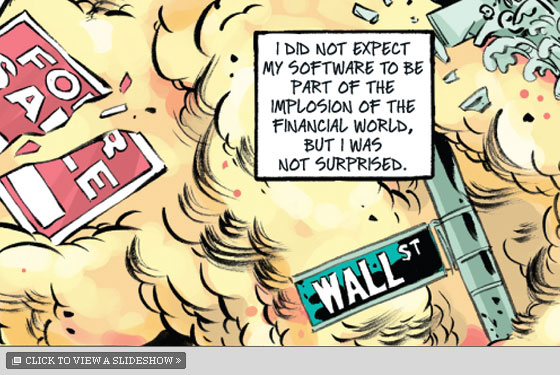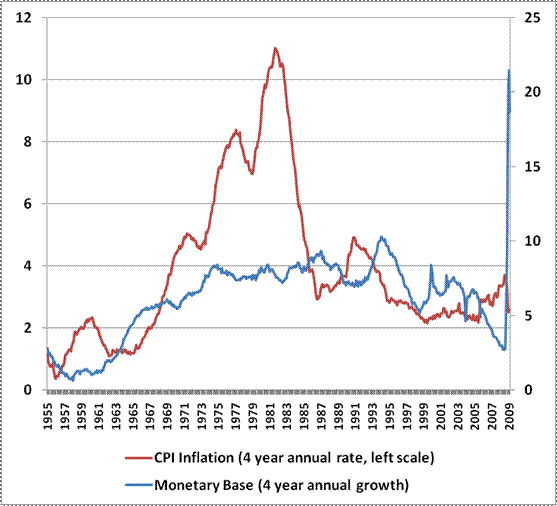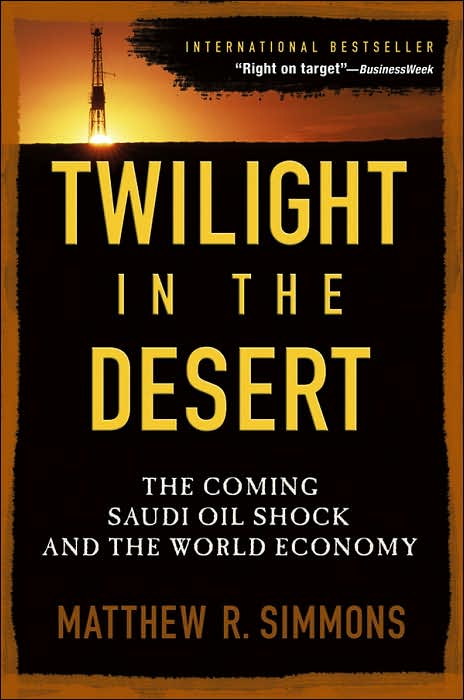

Tools and ideas for short sellers, including an automated calculator and screener based on the Altman models.
In a previous post (
"Using the Altman Z-Score to Calculate the Risk of a Company Going Bankrupt") I used Altman's original model on a publicly-traded manufacturing company. On Tuesday I used the Altman Z-Score model on a publicly-traded (micro cap) non-manufacturing firm, Vertical Branding, Inc. (OTC BB:
VBDG.OB), the marketer of such fine products as the "MyPlace Cozy" lap table, pictured above. I had seen this company mentioned as top pick by a few regulars on the Investor Hub website. Initially, I used the original Altman Z-Score model -- which was designed for manufacturers -- on Vertical Branding. Recall from our previous post on the subject, that the original Altman Z-Score model uses these five terms:
T1 = Working Capital / Total Assets
T2 = Retained Earnings / Total Assets
T3 = Earnings Before Interest and Taxes / Total Assets
T4 = Market Value of Equity / Total Liabilities
T5 = Sales / Total Assets
And weights them this way:
Z Score Bankruptcy Model:
Z = 1.2T1 + 1.4T2 + 3.3T3 + .6T4 + 1T5
Using an online calculator based on the original Altman Z-Score model, I got a score in the "distress" zone, one that indicated that bankruptcy was likely within two years
1. I mentioned this on Vertical Branding's
Investor's Hub message board. Unsurprisingly, I got the penny-ante version of the
Enemy of the People treatment for my trouble. I did get one legitimate criticism though, that I had used the Altman Z-score formula designed for manufacturers. So I ran the numbers again using Ironwood Advisory's
online calculator, which gives the option of selecting for non-manufacturing companies. That option uses the modified Altman Z"-score model, which uses only the first four terms used in the original multivariate formula, and eliminates the fifth variable, sales/total assets, because this variable varies widely among non-manufacturing firms, which tend to be less capital-intensive. The Altman Z"-score model weights the first four variables differently:
Modified Altman Z"-Score Bankruptcy Model:
Z = 6.56T1 + 3.26T2 + 6.72T3 + 1.054
Using the calculator set for non-manufacturing companies produced an even worse Z-score than the original model did. This was consistent with Penn State Accounting Professor Gregory Eidleman's
observation that the original Altman Z-score model can under-predict bankruptcy of non-manufacturing companies. After correcting an apparent data-entry error on my part, I got an Altman Z"-score of -4.30 for VBDG. For non-manufacturing firms, any score below 1.1 is an indication that the firm is at risk of bankruptcy within two years.
Coincidentally, on Thursday morning Vertical Branding filed an
8-K noting that it was in continuing negotiations to restructure its debt and that the company's board of directors had authorized its management to
[E]valuate and pursue all strategic opportunities available to the Company, including the potential sale of the Company.
On this news, VBDG dropped 31%.
1This makes intuitive sense, if you look at the company's
income statements and
balance sheet: the company has negative earnings before interest and taxes (EBIT), negative retained earnings, and negative working capital; essentially, it's a money-losing, debt-laden company.


























